Related Tags
Fender Vintera II Bass VI review – is this the ultimate bass for guitar players?
After the huge success of the Squier model, Fender finally brings the Bass VI back into its production range, courtesy of a new Mexico-made model.
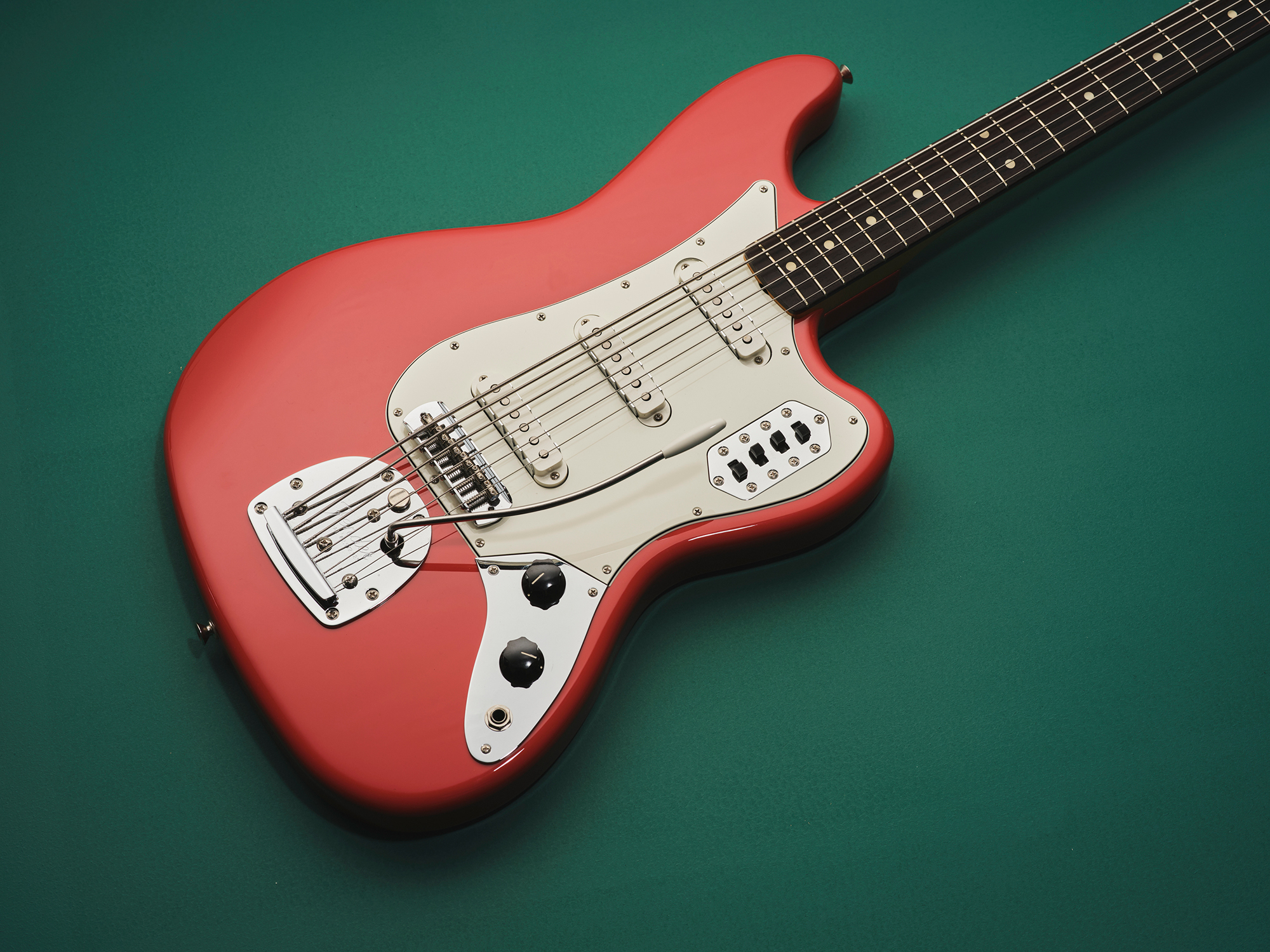
Fender Vintera II Bass VI. Image: Adam Gasson
Review Overview
Our rating
8
Our verdict
$1,399/£1,219, fender.com
The Bass VI has become something of a sleeper hit for the Big F in recent years, as producers both big and small have cast their net far and wide in the search for new and unusual sounds, it seems plenty of them have rediscovered the charms of Fender’s first six-string bass guitar.
This has been driven, primarily, by Fender making the instrument more accessible than ever over the last decade, starting with a Pawn Shop series reimagining back in 2013, but then followed by Squier Vintage Modified and Classic Vibe models that made this unique instrument more accessible than ever.
Fender has clearly cottoned on to the rising popularity of the Bass VI by creating its first Mexican-made edition – and unlike many of the reissues over the last two decades, this one promises to channel the authentic 1960s vibes of the original as part of the Vintera II series.
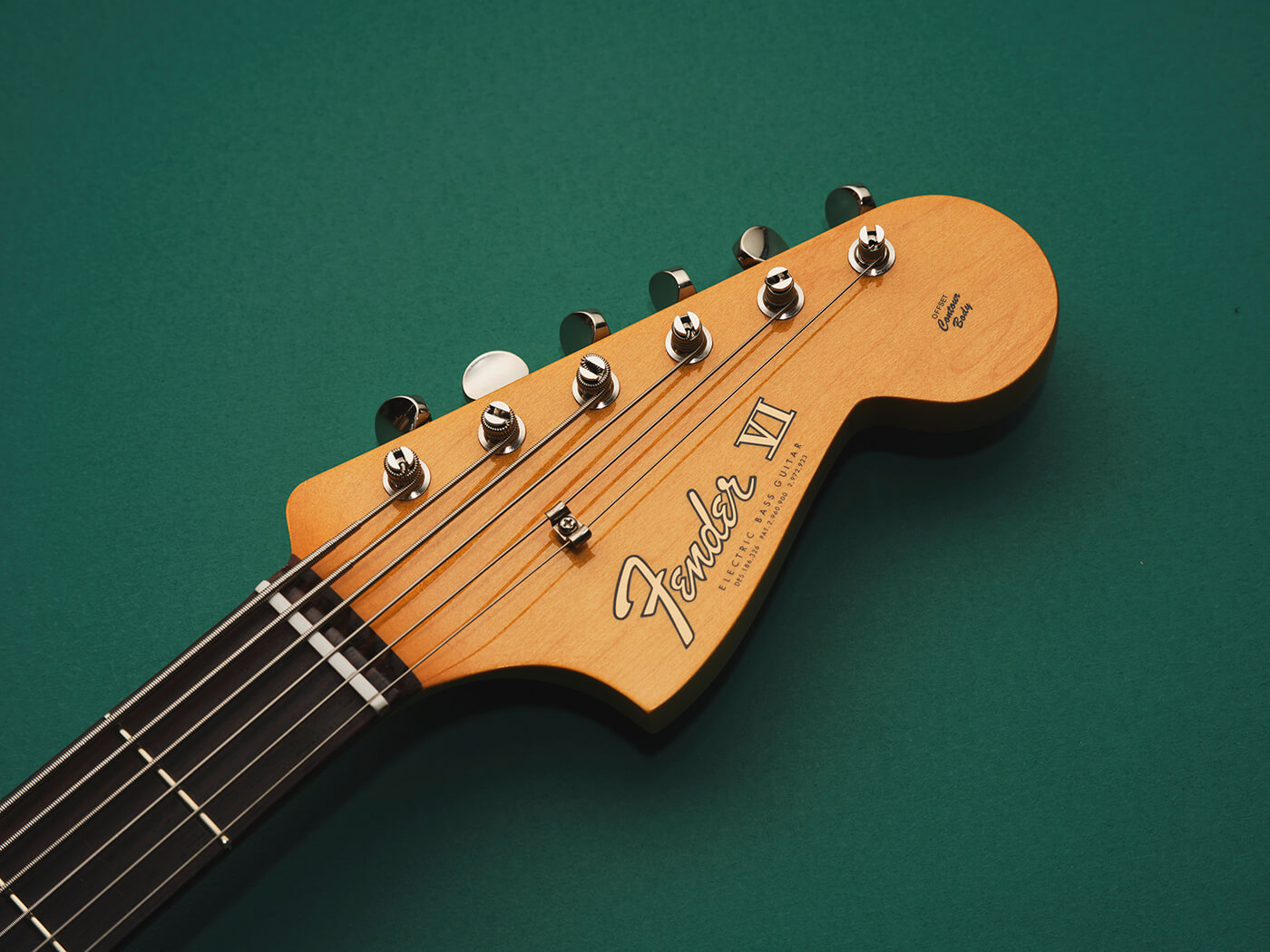
What is the Fender Bass VI?
In the most reductive of terms, the Bass VI is a bass that you can play like a guitar. Created by Leo Fender in 1961 to compete with the Danelectro six-string bass, the Bass VI has a shorter scale length than most basses (the same 30” scale as a Mustang Bass – 4 inches shorter than a Jazz) and six slightly thinner strings – the low E on the Bass VI is 0.100” while the standard bass guage is usually 0.105”. It packs a trio of Jaguar-style pickups into a similar (but not identical) offset body, and even has a Jazzmaster-style floating tremolo.
The Bass VI never really caught on with the general public, being retired in 1975, but artists certainly came to appreciate the unique charms of the instrument – John Lennon and George Harrison used it to play bass parts when Paul was at the piano during the White Album sessions, and everyone from Peter Green to Slash has used one at various points.
What’s the difference between the Vintera Bass VI and the Squier Bass VI?
As mentioned above, a huge driver in the mini-resurgence of the Bass VI in recent years has been the Squier Classic Vibe version, which made the instrument more accessible and vintage-accurate than it ever has been. They clearly sell very well, or this Ensenada-made version wouldn’t exist – but how much more do you really get for very nearly three times the price?
Well, the key plank of the whole Vintera II project is to create accessible (but certainly not cheap anymore) instruments that bring you as close as you can possibly get to a vintage original without having to drop serious dime on an American Vintage guitar or selling most of your internal organs to buy an authentic golden era example.
In the Bass VI’s case, the appeal of this Vintera model is that there isn’t a US-made option to consider in all this – if you want an American-made Bass VI with a Fender logo on the headstock, you’ll either need to speak to the Custom Shop or head to your local vintage guitar dealer.
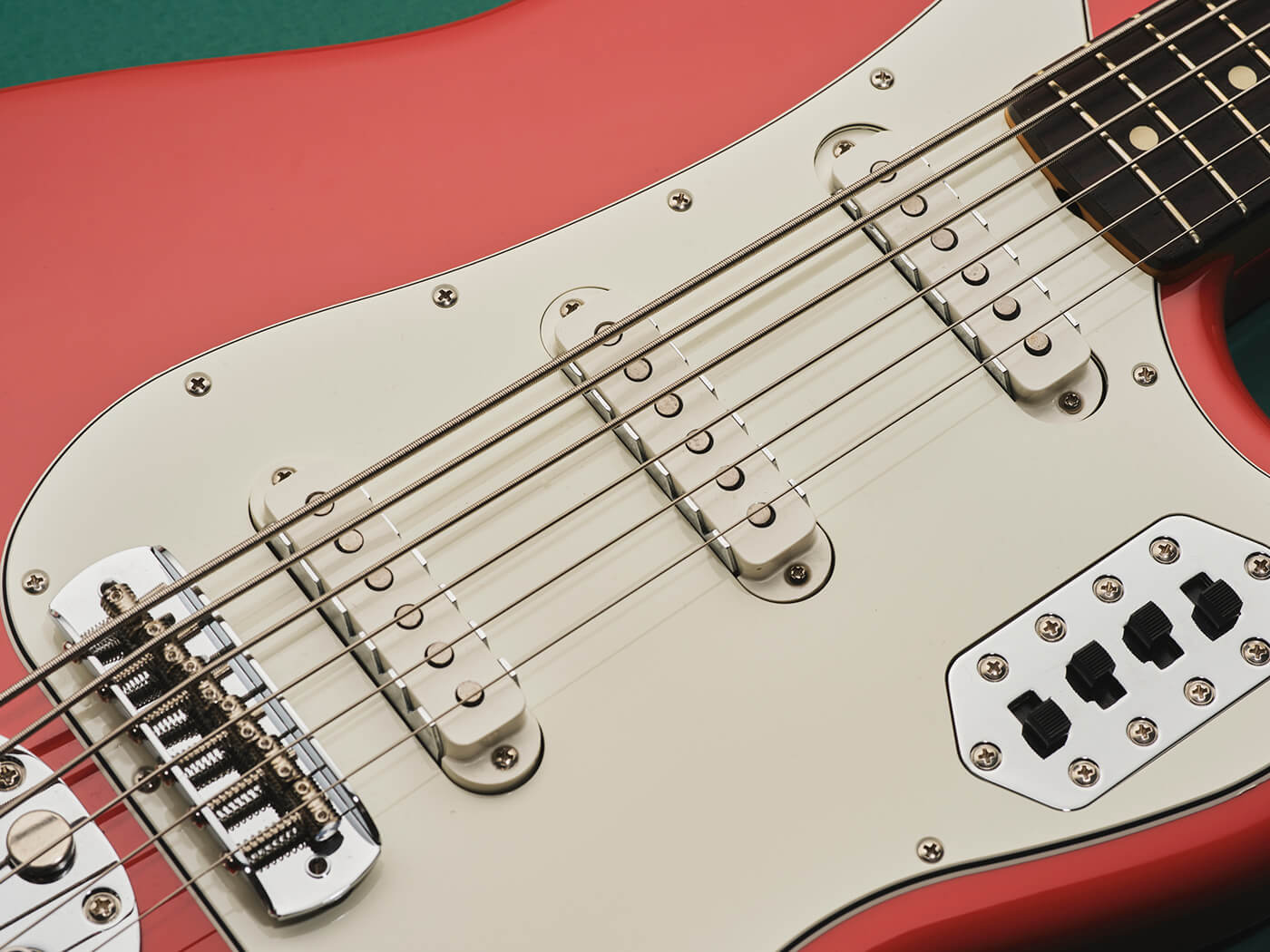
All of which to say is, the Vintera II offers a Bass VI with many of the desirable vintage trimmings that you won’t find anywhere else in the Fender or Squier catalogue, including a slab rosewood fingerboard and an alder body (the Squier is laurel/poplar) plus an authentic 7.25” fingerboard radius with mid-60s C profile – the Squier has a generic 9” radius.
It also comes in more fun colours – Lake Placid Blue and Fiesta Red – than the Sunburst/Black options of the Squier. But its vintage accommodations mean that you get boring old dots instead of the Classic Vibe’s lovely block inlays, and a pain in the ass (literally) butt adjust truss rod instead of a user-friendly head-mounted option.
In terms of the basic functionality, the guitars share the same basic layout – a trio of single-coil pickups, a four-switch layout that enables you to select each pickup individually in addition to a Jaguar style ‘strangle switch’ for bass-cut.
They also share a six-saddle adjustable bridge with a floating Jazzmaster-style tremolo, though it’s worth noting that the Squier uses reassuring Mustang-style bridge saddles, while the Vintera uses the vintage-correct but much-maligned threaded barrel type – something to consider if you’re going to get aggressive with your right hand.
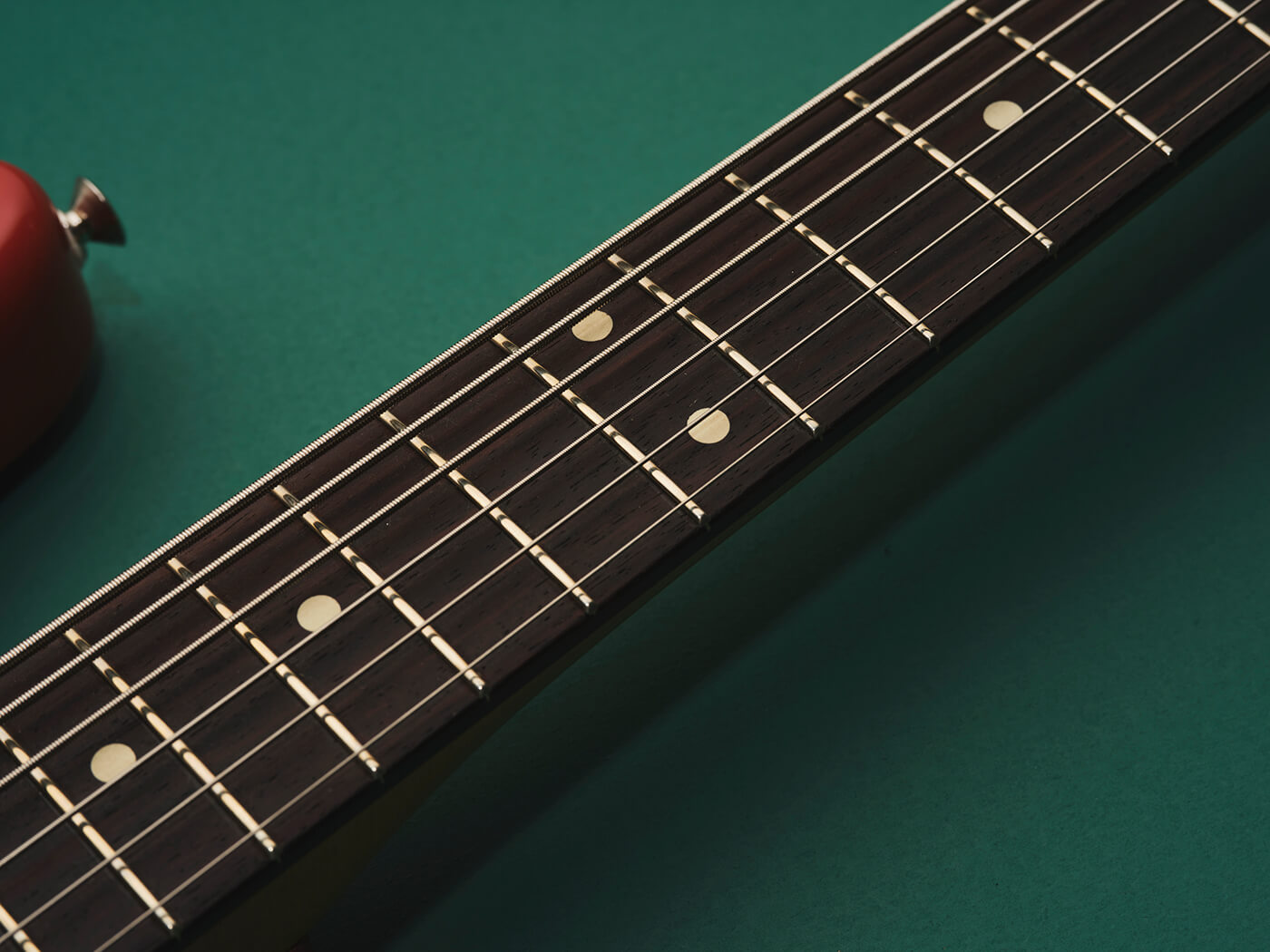
Does the Vintera Bass VI sound good?
Up top I said that in very basic terms – or should that be bass-ic terms? (please don’t – Ed) – the Bass VI allows you to play a bass like a guitar, but in practice this isn’t really the case. Yes, you can play full chords and do all the things that a guitar would do but an octave lower, but in reality this is an instrument that lives in its own space – neither a full bass or fully guitar – and as such you need to spend a bit of time with it before you can really start to appreciate what it offers.
As a guitar player first and foremost, it absolutely does offer a fun and accessible gateway into the world of bass – while that neck still feels weirdly long at first, the neck profile and 7/25” fingerboard radius certainly makes the transition easier for guitarists, and it’s not long before I’m moving up and down the neck with ease.
The pickups are an obvious point of difference between the Vintera and its Squier cousin – the examples the Squier features are functionally similar to the Vintage-Style Bass VI units here, but there’s a richness and character to these pickups that elevates sound across the sonic spectrum, whether that’s adding punch and resonance to the bass notes or subtle twang to the higher end.
The Bass VI’s real magic is found when you blur the boundaries between bass and guitar however, and get those two extra strings involved – adding lashings of reverb and playing full and partial chords and arpeggios up the neck, it’s easy to get lost in the sheer sonic wash of the thing, as you fill up the spectrum with brooding bass and crystalline trebles.
Hit the strangle switch and the Bass VI takes on even more vintage Fender character, cutting those bass frequencies a tad to add more woody, twangy tonality to clean tones. Perhaps the most fun is had when you add some dirt, especially a very gnarly fuzz – with the bass frequencies throbbing and the high notes squealing, it’s pure Elephant-era White Stripes but without the need for a pitch-shifter.
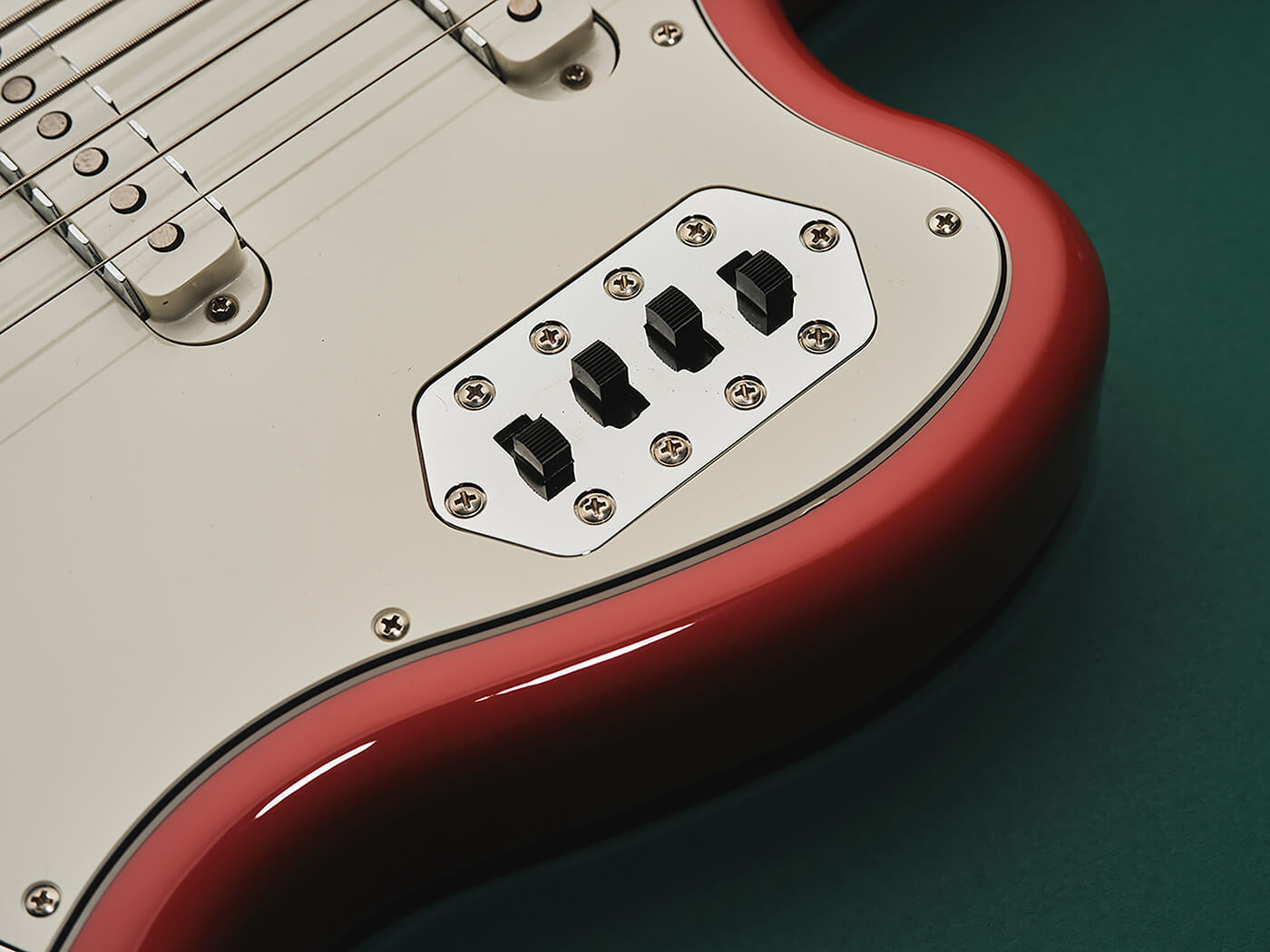
Is the Fender Vintera II Bass VI worth buying?
There’s no doubt that the Vintera II Bass VI does pretty much everything better than its Squier forebear – the build quality, sound, playability and materials are all superior, and it’s undoubtedly the best Bass VI Fender has made since the Japanese 90s reissues (whisper it, this might be even better than them).
What’s less clear cut is whether or not you should actually buy one. If you’re just curious about the whole Bass VI thing, it’s probably not the sort of curiosity that’s going to lead you to drop over a grand on an instrument, especially when there’s an ostensibly similar gateway that costs less than half the price.
But, if you’ve been converted to the charms of a six-string bass by the Squier model and you’re looking for something better in almost every appreciable way, to be the instrument you take on the road or use as a wonderful third option in the studio, this Vintera II is as good as you’re ever likely to need.
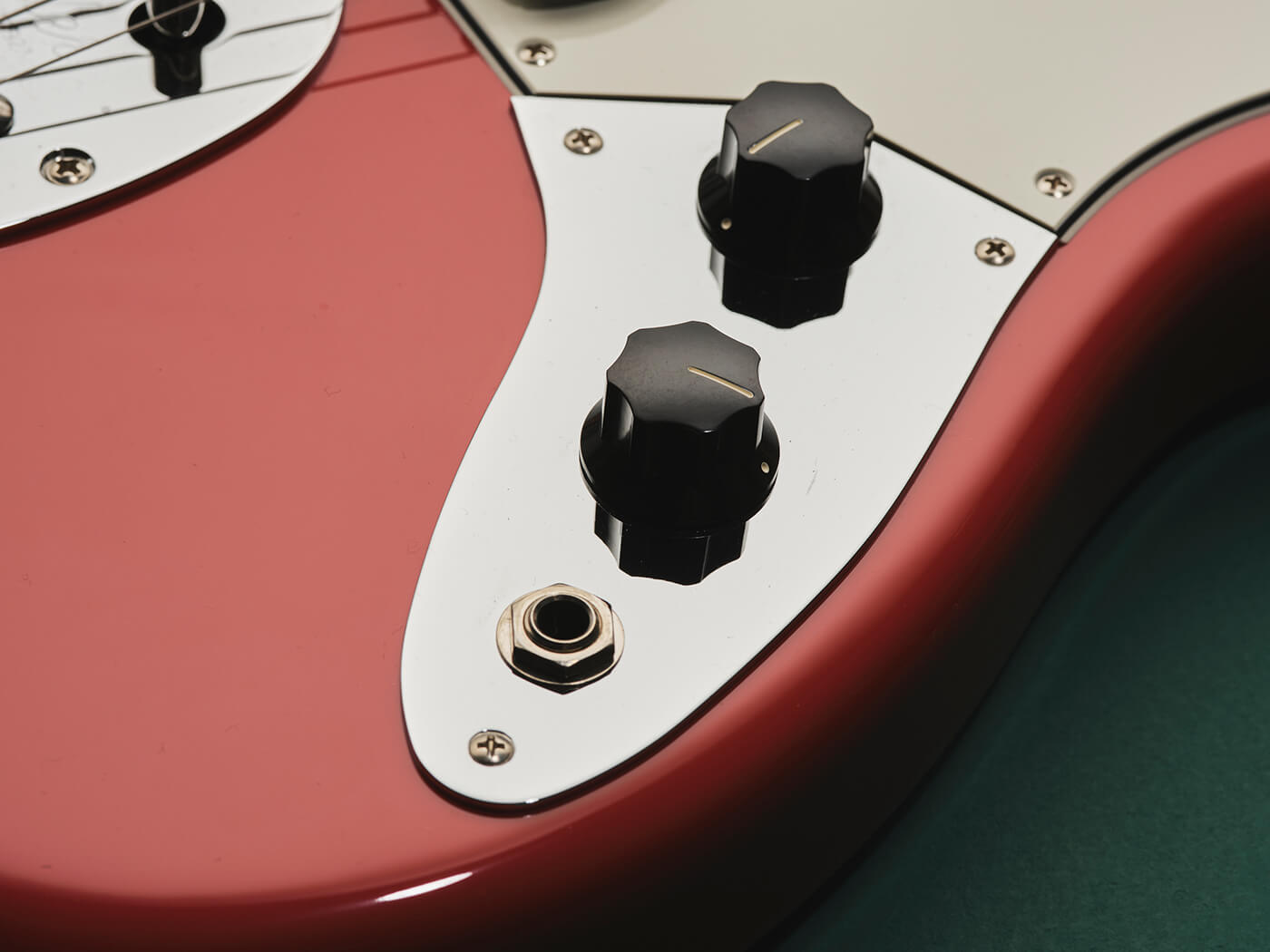
Fender Vintera Bass VI alternatives
Most six-string basses are, frankly, hideous things with freeway-width fingerboards designed for people who spend all day slapping their top strings in defiance of taste and decency. For that reason, the primary competitor for this is the Squier Classic Vibe Bass VI ($479/£419). Alternatively, the Danelectro 58 Longhorn Baritone ($569/£599) offers a different kind of low-end six stringing. If you want something that’s got the Bass VI look with more of a classic bass sound then the short-scale Squier Paranormal Rascal Bass ($449/£399) is a fun option.
